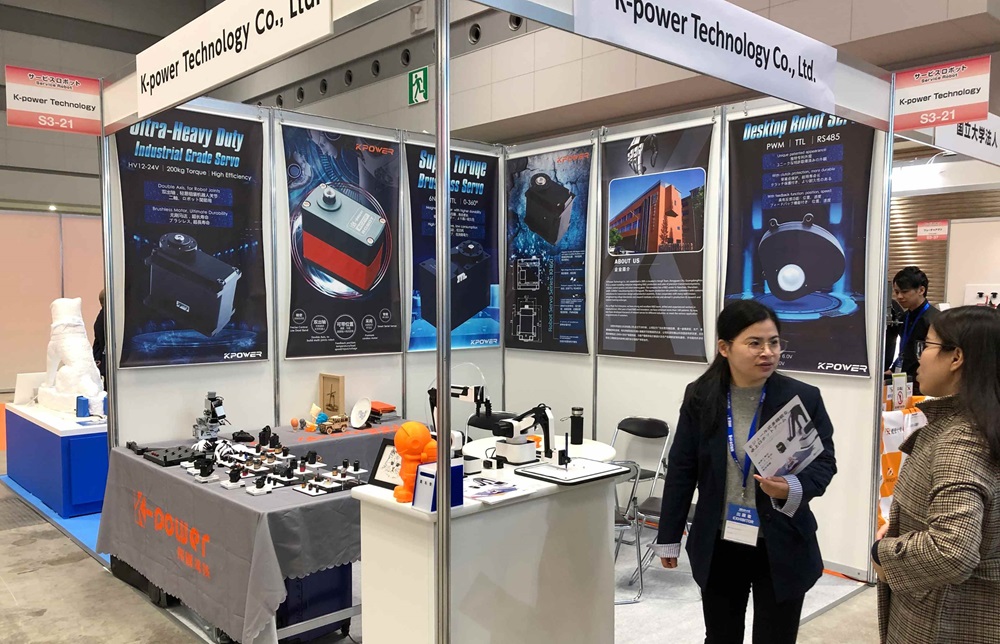Imagine this: You’re sitting at your desk, staring at a mountain of data that just keeps growing. Every second, new insights, new transactions, new user actions flood in. How do you manage that chaos? Well, that’s where Amazon Microservices Architecture steps into the spotlight. Think of it as a well-organized city, where each building, each street, each neighborhood serves a specific purpose, yet they all come together to keep the city running smoothly.

Picture the diagram of such an architecture. It isn’t just a jumble of boxes and lines. It’s a living map, showing how different services interact, share data, and work in harmony. When a customer hits your website, their request doesn’t get lost in a black hole. Instead, it travels through a series of microservices—each designed for a specific task—like authentication, product catalog, payment processing, and shipping logistics. Because each service is independent yet connected, updates or fixes can happen one at a time without shutting down the entire operation.
Let’s dig into why that kind of setup makes sense. Imagine a sudden surge in traffic during a flash sale. With a monolithic system, everything might grind to a halt. But in a microservices world, only the affected services need extra resources. The rest keep humming along. That’s efficiency. It’s like having multiple traffic controllers at different intersections—each managing their section with agility.
A good architecture diagram also shows where data flows between services—think of it as the city’s highways and side streets. Clear pathways prevent bottlenecks. Plus, the diagram highlights fault tolerance: if one small part goes down, the entire system stays resilient. It’s like a traffic reroute that keeps cars moving, no matter what.
Here's a question: Does understanding this diagram make it easier to see where your system could break? Yes, it does. It shows potential weak points, how to design for scalability, and how to keep future growth manageable. It's a blueprint for building a stable, reliable, and flexible infrastructure.
When you think about investing in a microservices architecture, really, you’re buying into scalability, flexibility, and resilience. Those design diagrams aren’t just pretty pictures—they’re maps to a future that can handle rapid change and demands. It’s more than technology; it’s a strategic move.
What about maintenance? Doesn’t that get complicated? Not really, because every service updates independently. It’s like changing a single part of a machine without taking the whole thing apart. And that’s a game-changer—reducing downtime, speeding up deployment cycles, keeping customers happy.
So, if you’re picturing that diagram now, consider it a powerful tool. It’s not just about the layout, but about understanding how everything connects, how it scales, how it stabilizes under pressure. When you visualize it, you’re not just looking at technical stuff; you’re seeing the backbone of modern digital business—robust, adaptable, ready for whatever comes next.
Established in 2005, Kpower has been dedicated to a professional compact motion unit manufacturer, headquartered in Dongguan, Guangdong Province, China. Leveraging innovations in modular drive technology, Kpower integrates high-performance motors, precision reducers, and multi-protocol control systems to provide efficient and customized smart drive system solutions. Kpower has delivered professional drive system solutions to over 500 enterprise clients globally with products covering various fields such as Smart Home Systems, Automatic Electronics, Robotics, Precision Agriculture, Drones, and Industrial Automation.




































